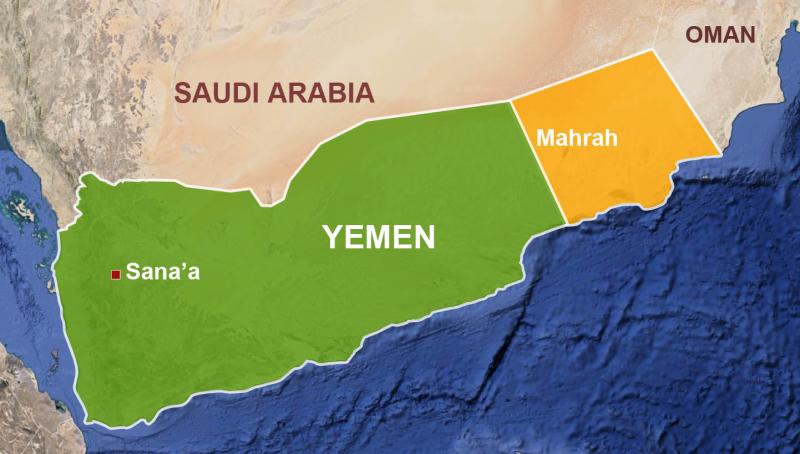

Civil War in Yemen and recent developments
Why In News?
The conflict has its roots in the failure of a political transition supposed to bring stability to Yemen following an Arab Spring uprising that forced its longtime authoritarian president, Ali Abdullah Saleh, to hand over power to his deputy, Abdrabbuh Mansour Hadi, in 2011.
As president, Mr Hadi struggled to deal with a variety of problems, including attacks by jihadists, a separatist movement in the south, the continuing loyalty of security personnel to Saleh, as well as corruption, unemployment and food insecurity.
The Houthi movement (known formally as Ansar Allah), which champions Yemen's Zaidi Shia Muslim minority and fought a series of rebellions against Saleh during the previous decade, took advantage of the new president's weakness by taking control of their northern heartland of Saada province and neighbouring areas.
Disillusioned with the transition, many ordinary Yemenis - including Sunnis - supported the Houthis, and in late 2014 and early 2015 the rebels gradually took over the capital Sanaa.
The Houthis and security forces loyal to Saleh - who was thought to have backed his erstwhile enemies in a bid to regain power - then attempted to take control of the entire country, forcing Mr Hadi to flee abroad in March 2015.
Alarmed by the rise of a group they believed to be backed militarily by regional Shia power Iran, Saudi Arabia and eight other mostly Sunni Arab states began an air campaign aimed at defeating the Houthis, ending Iranian influence in Yemen and restoring Mr Hadi's government.
The coalition received logistical and intelligence support from the US, UK and France.
Recent Developments:
- In recent, the Southern Transitional Council (STC), a militia group that was fighting the Houthis as part of the Saudi-led coalition, turned against their masters and captured the presidential palace in Aden as well as the city’s main port.
- In return, Saudi jets targeted STC fighters before a tenuous ceasefire set in. It now looks like a three-way conflict.
- The Shia Houthis, who the Saudis claim are backed by Iran, are controlling much of the country’s north including Sana’a.
- Yemen’s internationally-backed government of Abdrabbuh Mansur Hadi, the Saudi ally, is controlling the south, though Mr. Hadi is running the purported administration from Saudi Arabia.
- The STC wants the south to be an independent entity, like it was till the Yemeni unification in 1990.
- The STC’s rebellion also signals the growing friction in the multi-national coalition Saudi Arabia has stitched together to fight the Houthis.
- The STC is backed by the UAE, a crucial partner of Saudi Arabia in its foreign policy adventures.
Background:
Who are Houthi's?
A Shia rebel group from northern Yemen has taken over the capital and drastically changed Yemen's political landscape. Engaged in a proxy war between Iran and Saudi Arabia, the Houthis have brought Yemen to the brink of collapse.
Why should this matter for the rest of the world?
What happens in Yemen can greatly exacerbate regional tensions. It also worries the West because of the threat of attacks - such as from al-Qaeda or IS affiliates - emanating from the country as it becomes more unstable.
The conflict is also seen as part of a regional power struggle between Shia-ruled Iran and Sunni-ruled Saudi Arabia.
Gulf Arab states - backers of President Hadi - have accused Iran of bolstering the Houthis financially and militarily, though Iran has denied this.
Yemen is also strategically important because it sits on a strait linking the Red Sea with the Gulf of Aden, through which much of the world's oil shipments pass.

